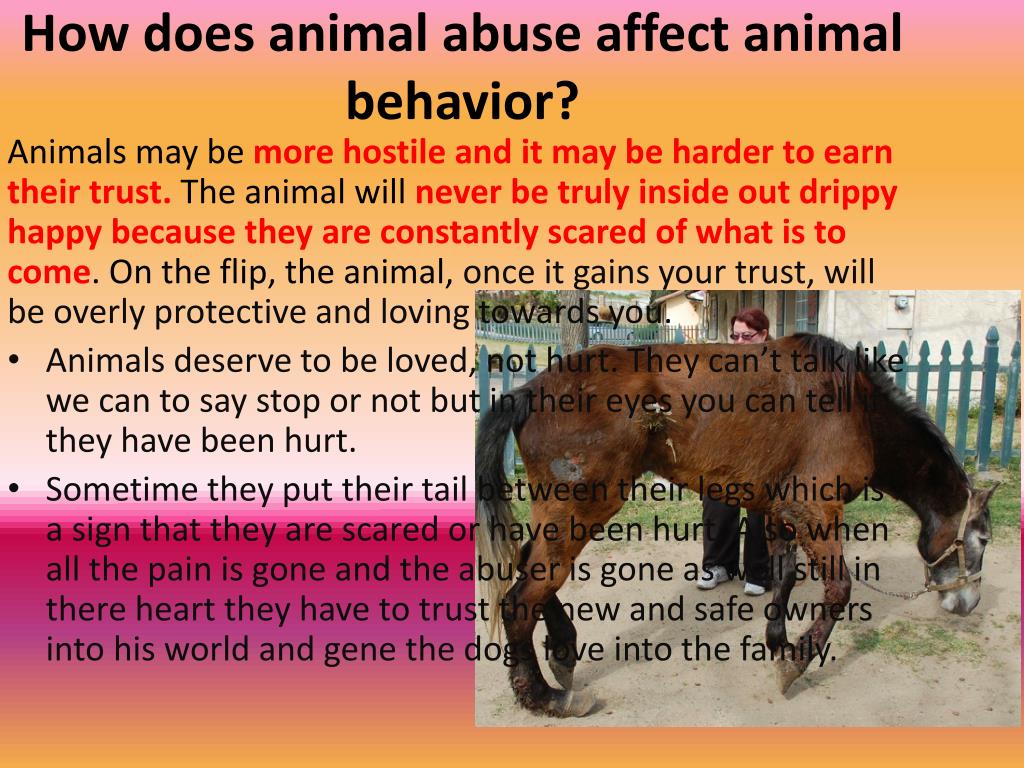Animal abuse remains a pervasive issue, raising intriguing questions about societal perceptions and legal ramifications. Why does society still view animal cruelty as a minor offense? This perplexing reality not only highlights a disconnect between moral values and legal protocols but also presents a considerable challenge in advocating for stronger protections for animals.
To understand why animal abuse is frequently downplayed, we must first examine cultural attitudes towards animals. For many, animals are regarded as mere possessions rather than sentient beings with the capacity for suffering and emotional complexity. This antiquated view diminishes the perceived gravity of animal abuse, relegating it to a status that pales in comparison to other forms of violence, such as domestic abuse or homicide.
Moreover, media portrayals of animal abuse often contribute to this trivialization. In sensationalized news reports or entertainment media, instances of animal cruelty may be depicted with a level of disregard that trivializes their impact. Such portrayals can desensitize audiences, allowing them to become numb to the realities of suffering animals. Rather than fostering empathy, this can create a culture of indifference where abuse is normalized or excused.
The legal framework surrounding animal cruelty also poses a significant challenge. In many jurisdictions, the penalties for abusing animals are remarkably lenient. Offenders often face minimal fines or brief incarceration periods, which fail to serve as a deterrent. This inconsistency in enforcement reflects a broader societal issue where animal welfare is not prioritized, leading to the perception that animal abuse is not a serious crime.
Furthermore, the complications inherent in defining animal abuse contribute to its mishandling. The term “animal abuse” encompasses a wide range of actions, from neglect and abandonment to more severe forms of cruelty. The lack of a standardized definition makes it difficult for lawmakers and law enforcement to address each case with the seriousness it warrants, consequently downplaying the offense in the eyes of society.
Another factor is the intersection of fate and class. When discussing animal welfare, we must acknowledge that animal abuse disproportionately affects marginalized communities. Economic instability, lack of education, and limited access to resources can result in neglect or unintentional harm to animals. As such, some may argue that these situations warrant compassion rather than punitive measures. However, this perspective complicates the discourse, as compassion can inadvertently shield perpetrators from accountability.
Additionally, individuals often feel a false sense of security that animal cruelty will be managed adequately by agencies or organizations dedicated to animal welfare. This can generate inaction among the public, with people assuming that someone else will take responsibility for reporting or intervening when they witness instances of abuse. This apathy contributes to a culture where animal welfare issues lack urgency.
Education is imperative in altering perceptions and driving home the importance of treating animal cruelty as a grave offense. Although many animal welfare organizations are dedicated to promoting awareness, there remains a significant gap in educational initiatives aimed at children and young adults. Integrating discussions about empathy and respect for animals within school curricula could foster a new generation that prioritizes animal welfare, thereby instilling long-lasting change in societal attitudes.
We can also consider the role of legislation in shaping public perceptions. Stricter laws and regulations surrounding animal cruelty can reflect changing societal values. For instance, countries that have adopted comprehensive animal protection laws tend to perceive animal welfare as a substantial societal concern. In contrast, regions lacking such legislation often see animal abuse viewed as a marginal issue. Advocacy for stronger laws is crucial; it can transition the perception of animal abuse from a minor offense to one worthy of serious legal scrutiny.
Moreover, the role of technology in animal advocacy cannot be understated. With the proliferation of social media, animal lovers and activists are capable of broadcasting instances of abuse, fostering a sense of urgency and demanding accountability in ways previously unattainable. This digital shift in activism has the potential to galvanize the public, encouraging a collective response to animal cruelty that transcends spatial and cultural boundaries.
The question arises: how can individuals contribute to a collective movement against animal abuse? Community engagement is vital. Advocating for local animal shelters, supporting legislation that protects animal welfare, and participating in educational programs can all serve as potent catalysts for change. Each individual can foster awareness within their community, reinforcing the notion that animal cruelty is not a minor offense but a serious violation of ethical standards.
Ultimately, the perception of animal abuse as a minor offense stems from an amalgamation of cultural insensitivity, legal inadequacies, and societal indifference. To foster a society that repudiates animal cruelty, we must confront these issues head-on. By integrating education, advocating for stricter laws, and deploying technology to highlight the issue, we stand a chance to reshape perceptions and enhance animal welfare. Only through collective effort can we bridge the gap between moral values and legal accountability, ensuring that all beings capable of suffering receive the respect and protection they deserve.









